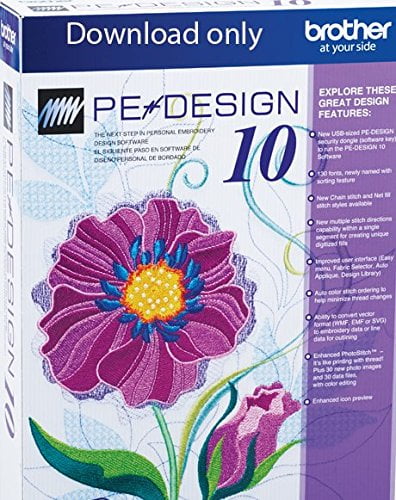
- #Mfc application on brother ped basic how to#
- #Mfc application on brother ped basic windows 10#
- #Mfc application on brother ped basic code#
- #Mfc application on brother ped basic windows#
#Mfc application on brother ped basic windows#
It can use UWP features such as touch, or call APIs from the modern Windows API set.
#Mfc application on brother ped basic windows 10#
In Windows 10 and later, you can package your existing desktop application or COM object as a UWP app. For new projects, we recommend C++/WinRT, which is entirely based on standard C++ and provides faster performance. Both C++/CX and WRL are still supported, but not recommended for new development. The original C++ support for UWP consisted of (1) C++/CX, a dialect of C++ with syntax extensions, or (2) the Windows Runtime Library (WRL), which is based on standard C++ and COM. For more information about UWP, see What's a Universal Windows Platform (UWP) app? and Guide to Windows Universal Apps. They use XAML for the user-interface, and are fully touch-enabled. UWP apps run on any Windows 10 or Windows 11 device. The Universal Windows Platform (UWP) is the modern Windows API. For more information, see ATL COM desktop components. The Active Template Library (ATL) provides macros and helper functions that simplify COM development. Using COM objects from C++ desktop applications is relatively straightforward, but writing your own COM object is more advanced. Many Windows components are implemented as COM objects and follow standard COM rules for object creation, interface discovery, and object destruction. The Component Object Model (COM) is a specification that enables programs written in different languages to communicate with one another.

You can create a user interface in C# and use C++/CLI to enable the application to consume native C++ libraries. It's also possible to combine the power and efficiency of C++ with.

#Mfc application on brother ped basic code#
Neither approach is considered "modern" compared to the Universal Windows Platform (UWP), but both are still fully supported and have millions of lines of code running in the world today. Or, you can program using Microsoft Foundation Classes (MFC), a lightly object-oriented C++ library that wraps Win32. There's more than one way to create a native desktop app: You can program using the Win32 APIs directly, using a C-style message loop that processes operating system events. Those APIs are themselves written mostly in C. Native desktop client applicationsĪ native desktop client application is a C or C++ windowed application that uses the original native Windows C APIs or Component Object Model (COM) APIs to access the operating system. For more information, see Create a console calculator in C++. Command line (console) applicationsĬ++ console applications run from the command line in a console window and can display text output only.

For documentation on the Windows platform itself, see Windows documentation.
#Mfc application on brother ped basic how to#
This section discusses how to use Visual Studio and the MFC/ATL wrapper libraries to create Windows programs. Each has its own programming model and set of Windows-specific libraries, but the C++ standard library and third-party C++ libraries can be used in any of them. There are several broad categories of Windows applications that you can create with C++.


 0 kommentar(er)
0 kommentar(er)
